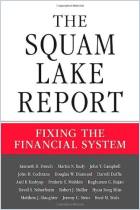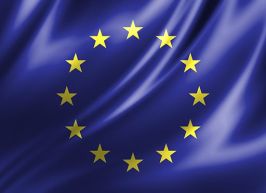Join getAbstract to access the summary!
![Final Report [“Liikanen Report”]](/summary-img/x19121-J5M8X1KW.jpg,qh=M,ab=0.pagespeed.ic.zRlS-UD5QU.jpg)
Join getAbstract to access the summary!
High-Level Expert Group on Reforming the Structure of the EU Banking Sector, chaired by Erkki Liikanen
Final Report [“Liikanen Report”]
European Commission, 2012
What's inside?
The European Commission issues the official report on how to make EU banking less risky.
Recommendation
The European Union assembled its High-Level Expert Group in February 2012 to study the European banking sector and to offer recommendations for reform. The final report of the Group, which was led by Erkki Liikanen, provides a comprehensive overview of the evolution of the economic crisis as it morphed from financial panic to deep recession. It also covers the crisis’s impact on European banks and economies. The Group suggests a number of measures policy makers should institute to reduce the probability of bank failures, including the suggestion that banks separate their risky financial trading from their deposit taking. Despite prose that is just as bureaucratic as you might expect, the report reveals an inner thought process sure to intrigue any informed observer and to be even more meaningful to those already parsing national, European and supranational regulatory issues. getAbstract recommends this pan-European report to bankers, policy makers and anyone invested in the future of EU banking.
Summary
About the Author
Erkki Liikanen, governor of the Bank of Finland and a former member of the European Commission, served as chairman of the High-Level Expert Group.






















Comment on this summary